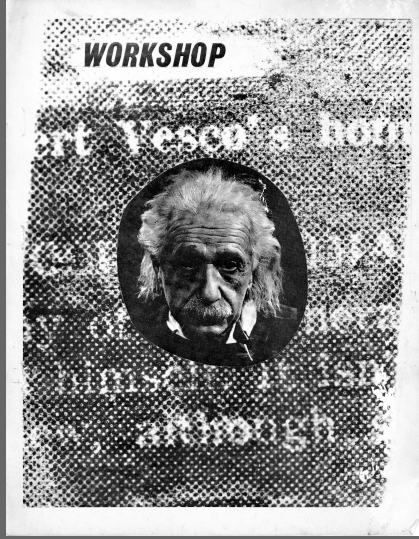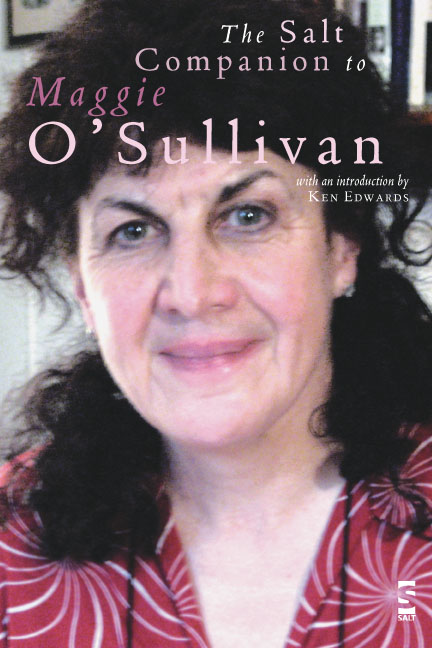
Charles Bernstein
Charles Bernstein
Workshop, July 1973 mimeo mag (pdf)
Ed. Nick Piombino & Peter Stamos, with Bernadette Mayer

August 17, 2011
‘Ear Loads’: Neologisms and sound poetry in Maggie O’Sullivan’s Palace Of Reptiles
by Peter Middleton
August 15, 2011
Antin in the sky with diamonds
Video portrait of David Antin (Feb. 18, 2008)
August 14, 2011
Rubinstein in Serial Motion
video portrait of Lev Rubinstein, 11/18/07
August 13, 2011

